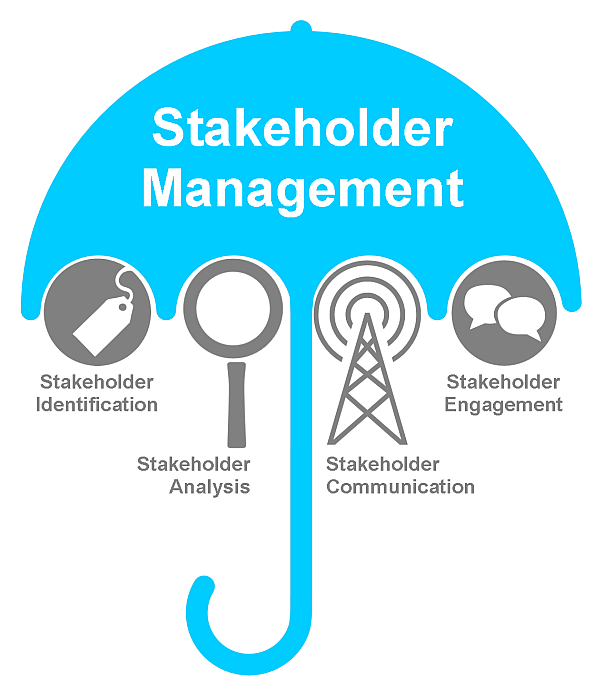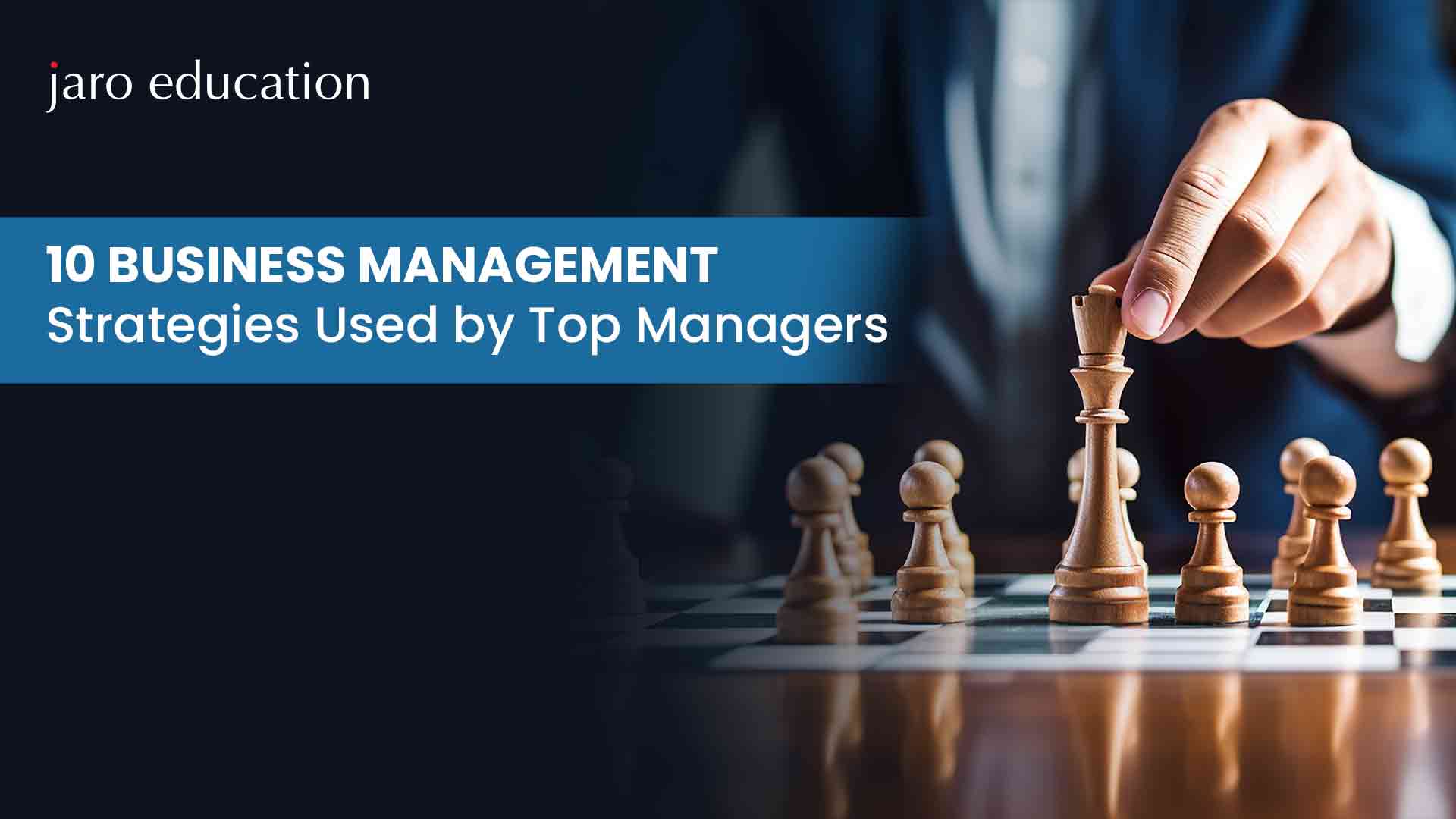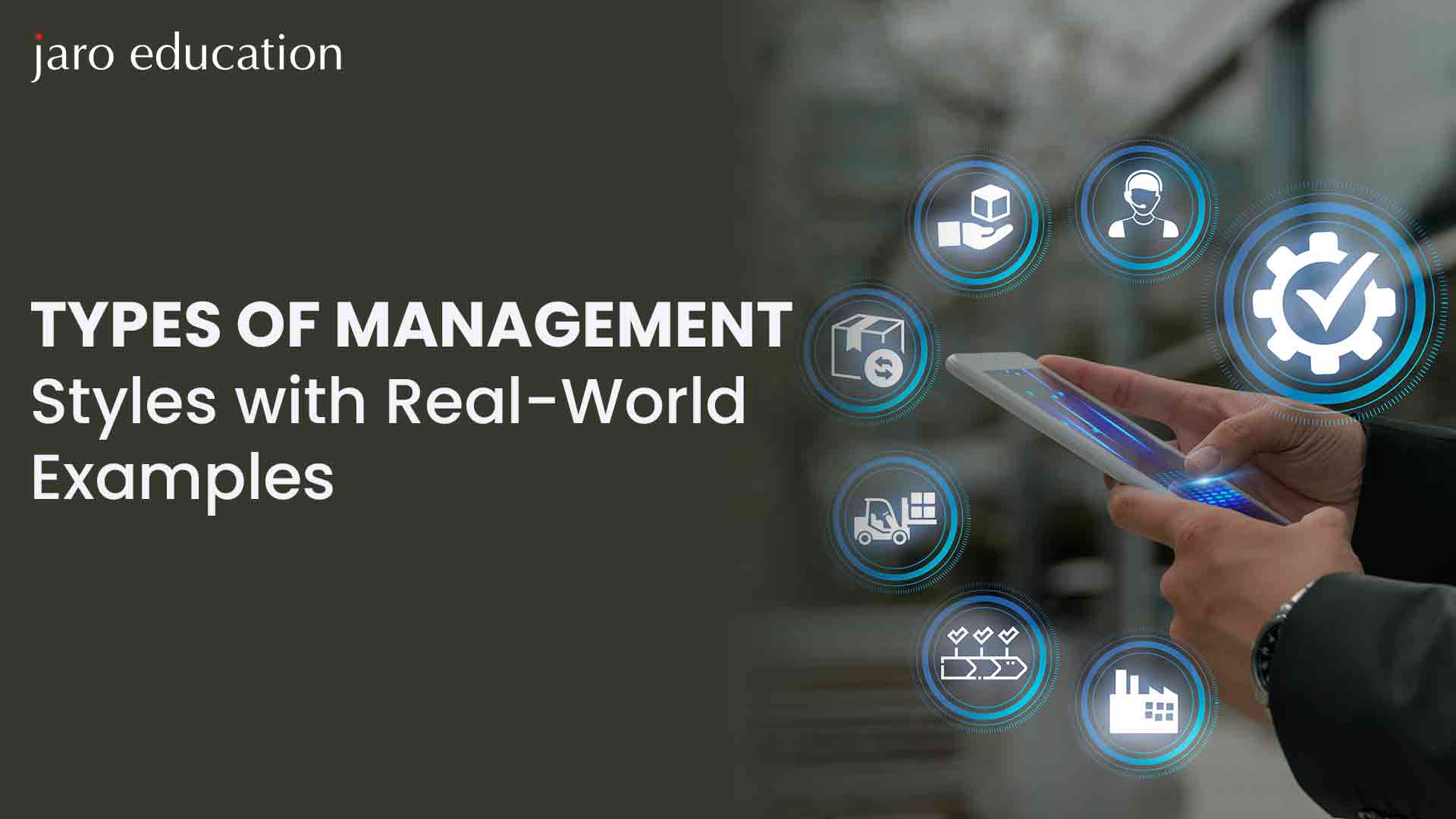Stakeholder Management: An Important Business Asset
Table of Contents

In this busy corporate world, dealing with stakeholders isn’t just an additional skill to have. It’s the framework that allows for effective/informed decision-making and the long-term success of a business. After all, when multiple people with different goals and interests are involved, aligning their goals with the right business strategies becomes the secret ingredient to growth.
But are you curious about how to make that happen? This blog will define what stakeholder management really is, explain how to do it, and provide efficient strategies that you will be able to use in the workplace. In the end of this blog, you will be left with new ideas, clarity, and strategies to demonstrate your stakeholder management skills.
What is Stakeholder Management?

*sustainet.com
If you want to learn about the true stakeholder management meaning, here it is.
Stakeholder management is the process by which you organise, monitor, and enhance your relationship with your stakeholders. It involves identifying stakeholders’ needs and expectations, and then planning various tasks to engage with them. This also helps you to coordinate your interactions and assess the quality of your relationships so that you can achieve a result, legal requirement, or strategic benefit. In fact, sometimes stakeholder management is also referred to as community engagement, public consultation, public participation, and more. However, there are some subtle differences between all these terms, including how they are used, but in the end they all have similar principles.
There are different types of internal and external stakeholders. For example, it includes employees, customers, suppliers, communities, and governments. However, regardless of different types, these stakeholders have some attributes in common, they are:
- Influence: Stakeholders can influence their opinion to advance the product strategy and create a roadmap.
- Connection: Stakeholders are mainly concerned about the product as they are influenced by product decisions.
- Power: Stakeholders are important as they have all the information related to product approval, budget, and cooperation that a product manager needs.
- Irreplaceability: Each stakeholder or stakeholder role (e.g., CFO) brings a unique value to the project.
The Stakeholder Management Process
So, want to know what a deliberate, strategic approach to stakeholder management actually looks like? Generally, we have broken down into five major steps, they are:
Step 1: Identify Stakeholders
The first process of any successful stakeholder management program is to identify and understand your stakeholders. For example, if your stakeholder is not satisfied or happy, the project is not successful yet. Thus, here are ways to analyse your stakeholders:
- Demographics: Depending upon demographic data, are you engaging with a broad cross-section of the community?
- Social Networks: Are you more focused on essential yet undocumented social connections between stakeholders?
- Expectations: What are the stakeholder expectations? How can you compare your scope and expectations of the project in an organisation?
- Preferences: What do stakeholders really want from you?
- Interests: What are their financial, social or emotional interest in the outcome of your work?
Step 2: Use Mapping to Organise Your Stakeholders
While continuing with your stakeholder analysis, it is great to map or visualise your stakeholder relations to other important stakeholders. This will help you organise how you will place and approve either the organisation or the group of stakeholders.
Stakeholder mapping is the process of assigning different values that help to set priorities for each stakeholder. Some of the standard frameworks used for stakeholder mapping include the Salience Model, the Stakeholder Knowledge Base Chart, the Power/Predictability Matrix, Power/Predictability Matrix Stakeholder Relationship Mapping, and so on.
Step 3: Create Your Stakeholder Management Plan
Now it’s time to create a stakeholder management plan. It is a document that consists of proper management strategies to productively engage stakeholders throughout the project lifecycle. It is done based on the analysis of their needs, interest, demographics, passion, and their potential impact on the project’s success. But the most important thing about this process is that before creating a plan, here are some important questions that you must ask:
- Who needs consultation?
- What are the different priority issues?
- What will be the most effective way of communication with stakeholders?
- Which task should be assigned to which team(inside an organisation)?
- Are there any chances to collaborate and ensure key project messages are consistent to avoid any fatigue?
Step 4: Implement Your Plan
Once the plan is created and has all approvals from the executive team and other relevant stakeholders, it’s time to execute it. It means you have to align all communications, activities, and other relevant resources you have identified.
Step 5: Ongoing Monitoring and Reporting
Carrying out your plan is only phase one. Remember to pay attention to stakeholders’ reactions, to monitor your progress toward your goals, and to develop periodic reports. Monitoring yields insights, concerns, and evolving expectations, all of which give you chances to adjust processes. You will draw upon these learnings in order to modify and enhance your stakeholder management processes, to ensure that your plan remains on track and aligned with project and organisational aspirations.
Importance of Stakeholder Management

*edureka.co
Stakeholder management is an important process for any organisation and projects, and has a range of importance, some of which are:
- Promotes trust and transparency: Regular updates and clear communication build trust.
- Minimises risk: Raising concerns early reduces the risk of larger issues arising later.
- Aligns goals: Engaging stakeholders ensures that everyone helps work toward your desired outcome rather than working toward competing outcomes.
- Supports decision-making: Stakeholders will support better decisions that align with your goals and consider unique perspectives.
- Enhances project success: Research shows that projects with active stakeholder engagement are more successful than projects without stakeholder engagement.
Stakeholder Management Skills
The ability to manage stakeholders requires both soft skills and strategies. These stakeholder management skills allow professionals in the field to build trust, resolve tensions, and get projects back on track. Let’s dive into specific skills:
Communication and Relationship Management
Effective stakeholder management is not just about sending emails and status reports but creating conversations that build trust and add value. Effective communication as stakeholder management skills means being clear, direct and concise, but also listening intently and understanding the stakeholders’ perspectives.
Resolving Conflicts and Negotiating
Stakeholders often approach situations with different priorities, which may lead to conflicts. The goal of conflict resolution is not simply about compromising—it includes a problem-solving approach that seeks solutions to benefit everyone. With an understanding of the motivations of all stakeholders and proper articulation of common interests, perceived conflicts can become opportunities.
Strategic Thinking and Problem Solving
Effective stakeholder management requires managing proactively, instead of reactively. Good managers can expect different challenges and think ahead to resolve issues before they happen. Problem-solving is not simply about fixing the immediate workplace issues; it is also about identifying upcoming risks, engaging in cross-serving opportunities, and designing executional, creative ways to resolve stakeholder challenges.
Openness to New Technologies
Tools available to help manage stakeholders in a technology environment make communication, data, and engagement much easier and seamless across teams. Tools like Borealis serve to centralise information and increase collaboration to work smarter rather than working harder, and be more responsive to keeping the stakeholders engaged.
Wrapping Up
Do you know that more than 63% of the companies have already started employing stakeholder management strategies to boost their business? Indeed, managing the stakeholders’ expectations throughout the project lifecycle is not only important but also plays a greater role in its success.
So, it’s wise for project managers to prepare themselves with the best practices and demanding skills to outperform. If you want to become a leader, Jaro Education brings online courses and a professional certification programme in project management in collaboration with renowned Indian institutions. One of them is the Executive Certificate Programme in Advanced Project Management and Analytics offered by IIM Mumbai. This industry-focused programme provides executives with the prevailing knowledge, behavioral skills, processes, tools, and techniques necessary to excel in project management.
Visit our website, connect with our career experts, and discover how you can become a successful Project Management professional.
Frequently Asked Questions
What are the skills for stakeholder management?
Skills for stakeholder management are capacities that help the employee communicate, negotiate, and build relationships with his or her various stakeholders.
The significance of Stakeholder Management
Stakeholder Management is important because it keeps all stakeholders at all levels aligned with one another, reduces the likelihood of conflict, establishes trust, and ultimately increases the chances of a project being deemed a success.
What occurs if stakeholder management is neglected?
If stakeholder management is neglected, the project will likely encounter resistance, a lack of support, misunderstandings, and potentially fail.
How do you enhance stakeholder engagement?
Stakeholder engagement can be enhanced through keeping stakeholders active in communication, engaging them in decision-making on important matters, being prompt and open to addressing their concerns, and also being transparent.

















